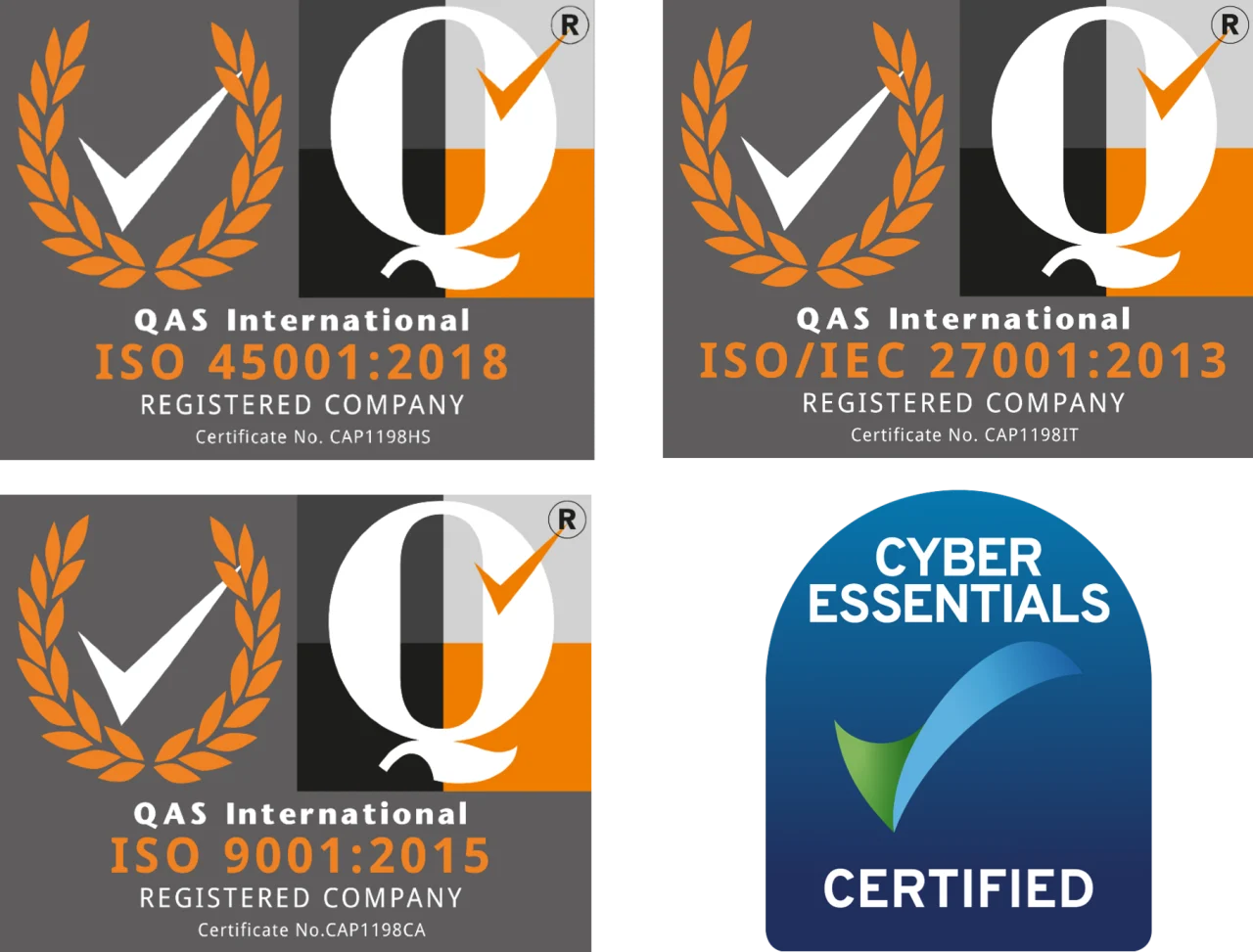Mobile Marketing
If you’re a business wanting to market yourself effectively, embracing the opportunities that mobile marketing presents are more important than ever. With mobile browsing now exceeding desktop, the question shouldn’t be ‘should my company use mobile marketing?’ but ‘how?’
That’s all well and good if your company has the luxury of having its own in-house group of techies or a reliable marketing agency to hand, but staying ahead of the curve poses a number of problems, not least knowing where to start. This blog post hopes to at least give you some information to help you make an informed decision on the best course of action, by outlining the difference between responsive design and mobile websites; along with the pros and the cons for each.
Mobile Site vs. Responsive Design – What’s the Difference?
A mobile site is a separate website designed specifically for use on mobile devices. It sits on a separate URL (usually m.yourwebsite.com or mobile.yourwebsite.com) and is optimised for user interaction and interface design for mobile devices.
A responsive website is the one site that is built to respond to the screen size of the device it is being viewed on, whether a desktop, tablet or phone. Page layouts will adapt to different screen sizes, with the intention of maintaining as much key content as possible. This is done by applying CSS code to manage the rules of the display according to screen size.
Separate Mobile Site
Being geared towards use specifically on mobile devices, a mobile site actually presents other considerations and opportunities to engage users and add to user experience. On the one hand, designers and developers must consider the limited screen estate on a smaller device and how best to balance and apply critical content and navigation. On the other, there are the interactive possibilities brought into the mix from the various technical facets on offer from the device itself, such as cameras, NFC, or GPS capabilities.
Obviously, there is also the variance in screen sizes of mobile devices to consider (ie mobile phone compared to tablet), so an element of responsiveness must still be implemented to ensure consistent display.
There is also the prospect of tapping into the escalating mobile browsing market, a market whose users are very attached to their devices, in both a practical and emotional way. Offering a mobile version of your site acknowledges this and it may even be the case that a mobile site sees higher rates of traffic.
Pros
User Experience – As mentioned above, the purpose of having a separate mobile site is that you have the opportunity to optimise it to offer a better overall user experience. There are multiple possibilities to refine layout and content, as well explore the use of mobile technologies (eg. a mobile phone/tablet camera).
SEO – Google will recognise mobile optimised sites and present them when relevant to users, often meaning they can rank better.
Speed – Again the key word here is optimisation. Possibly the biggest benefit of implementing a mobile site is to ensure the site loads quicker on mobile devices.
Control – It makes it possible to implement mobile-specific content, although this obviously means additional work (see cons)
Cons
Maintenance – The first real draw-back is that you will have to accommodate the management and maintenance of more than one site. This means additional unique content and additional SEO requirements.
URL management – It will be necessary to detect a user’s device to direct them to the appropriate site, either the full site for desktops or the mobile site on a subdomain (eg. ‘mobile.yourwebsite.com’)
Cost – The above cons will certainly mean more cost. Time is money
Technicality – Development of a mobile site usually means choosing a preferred platform to build and test for. With so many device types and operating systems (old and new) out there, understanding who you want to target and the device type(s) they use is critical.
Responsive Website
Pros
Having a single site makes it easier to maintain and manage content.
SEO will not only be easier to implement and monitor on the one site, but Google shows a preference for sites that are built responsively.
Consistency in content and experience. Having the bulk of the same content and design should make for a stronger user experience.
Less work should mean less cost overall.
Cons
Implementing Responsive design can be quite an undertaking if you have a big or complex site. This obviously means more time is required to structure content, build and test a new site, or apply the responsive functionality to an existing site.
A one-size-fits-all approach isn’t always best, and going opting to make your desktop site responsive may lead to overlooking the potential of mobile marketing.
Responsive sites may not perform or display as intended on older browsers.
What Should I Do?
ESP Projects is committed to building all of its sites responsively. We consider how to apply the necessary structure and content, following best practice build techniques and carrying out thorough testing on a range of devices and browsers. If your site is now looking slightly ‘long in the tooth’ or if you’re concerned that you may be missing the opportunity to market to a mobile-driven audience, or even if you’re not sure what route to take, please get in touch, or visit the Web Design page on ESP Projects website to find out more. Alternatively, if you are based in Sheffield, you can visit our dedicated IT Support Sheffield page.

